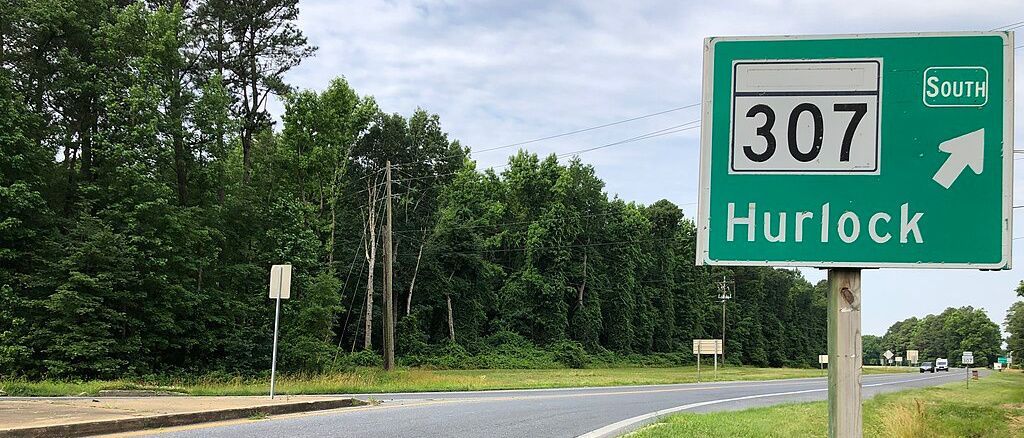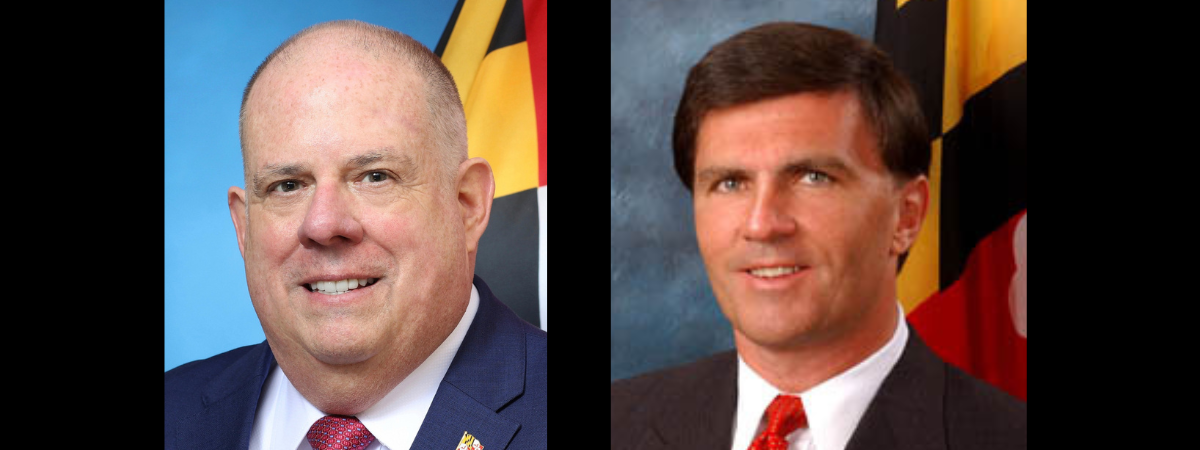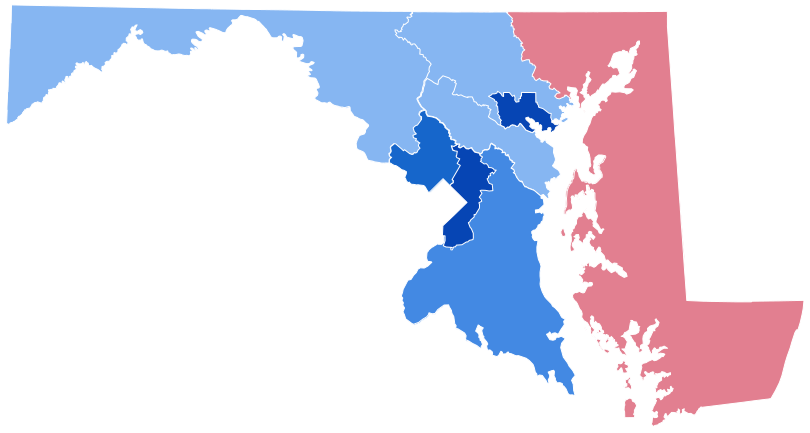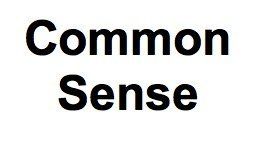Hedgerows and Birds of the Eastern Shore

A few days ago, I had lunch with some Chestertown High School classmates and given that we’ve known each other for decades, inevitably our talk turned to memories of old friends, living and dead, shared experiences, and what’s changed.
A couple of the gang brought up their efforts to raise chickens, a common topic in a rural area. A key problem was protecting the birds from predators — foxes, hawks, and eagles. And that brought back a memory for me.
One of our classmates, Dan Gibson, was an avid amateur ornithologist — in fact, he became a professional ornithologist at the University of Alaska, his boyhood dream come true. Dan was especially interested in birds of prey. He raised a couple of hawks in his bedroom and once climbed a tree to look into a Great Horned Owl’s nest — a risky venture. But the bird he never encountered in his years growing up on the Eastern Shore was a Bald Eagle. They didn’t exist here.
When I returned to the Shore in the 1990s, my wife and I were driving from Chestertown to Rock Hall when she pointed to a bird above the road and said, “Look, there’s an eagle!” My automatic response was, “No, there’s no eagles around here.” I quickly admitted I was wrong — it was an eagle.
Bald Eagles and other large raptors, common in colonial days, became endangered after the introduction of the pesticide DDT, widely used after World War II. In 1963, there were only 417 known nesting pairs of eagles in the lower 48 states. In the 1960s, research showed that DDT caused the birds’ eggs to have dangerously thin shells, as well as harming many species the eagles preyed on. In 1972, the federal government banned DDT and the eagle population began to grow steadily. With Bald Eagles now common on the Eastern Shore, there are 71,400 nesting pairs nationwide in the most recent U.S. Fish and Wildlife survey, and 316,000 individuals.
I mentioned my eagle story to my high school friends, and several of them brought up a related point. “I haven’t seen a quail in years,” said one, and another said the same of whippoorwills — two birds whose distinctive calls were heard widely across Kent County fields in our younger years. What happened to these once-commonplace birds? “They went away when the hedgerows got cut down,” was the answer.
Loss of habitat has hit many species hard. Populations of bobwhite quail have declined by 85% since the mid-1960s, according to a study by Cornell University. Another study showed that whippoorwill populations have declined by 60% over a similar period. And for these East Coast birds, as for other small birds and mammals, hedgerows were an important part of their habitat.
Hedgerows may not be something you think about, and are certainly not part of a city person’s experience. The main thing most people know about hedgerows is the experience of Allied troops fighting through the Normandy hedgerows after D-Day. But hedgerows — lines of trees and bushes that mark the edge of a property — aren’t just an Old-World thing. They were once common in the English colonies, including the Eastern Shore.
Hedgerows differ from a hedge you might find in front of your house because they’re made up of several species instead of just one. Also, while garden hedges are usually trimmed in neat, geometric shapes, hedgerows are left mostly untended — “little lines of sportive wood run wild,” as William Wordsworth described hedgerows he saw while he was on a walking tour in Wales in 1798. This makes them good habitat for small animals and birds, providing them with shelter and food.
There’s a cost to this, of course. A hedgerow takes up more of an adjacent field than just a fence. Needing the largest crop yield, a farmer is likely to find it hard to justify, especially when corporations now own more farms and the bottom line is harder to ignore. What are a few songbirds and fluffy bunnies compared to an extra chunk of tillable land?
That question had a different answer in the days of small family farms, when a farmer — or the farmer’s kids — might supplement family meals by hunting. My grandfather, who owned a farm near Worton in the early days of the last century, regularly brought home rabbits and squirrels for supper. Quail and squab were regular additions to the menu, as well. My grandfather had stopped hunting by the time I came along, but several of the guys I knew in high school regularly supplemented the family larder with small game.
Nowadays, of course, few of us depend on hunting to eat, but there’s much to be said for maintaining a habitat for the small creatures that live in hedgerows. There are still bobwhites and whippoorwills, even if we don’t hear them as often. And too many species have gone extinct because of the human race’s thoughtless destruction of their habitats, with more disappearing every year. It would be more responsible to instead maintain — and, where possible, restore — those habitats.
We’re probably not going to have much luck getting factory farms to forgo acreage for the sake of wildlife habitat, but you can do something on your own property, especially if you have a good-sized yard. The Maryland Department of Natural Resources suggests creating your own hedgerows; not only do they provide wildlife with shelter and food, they can reduce energy costs by sheltering your home from winds. The DNR has suggestions for what types of trees and bushes to plant and how to maintain them.
It’s not an easy project, nor is it something that can fit on everybody’s property. And it’s not something that will show results overnight. But if planting a hedgerow would work on your property, it’s something you can do for the environment.
And who knows? Maybe one morning you’ll look out your window and find that one of the birds that went away has come back, thanks to you.
Peter Heck is a Chestertown-based writer and editor, who spent 10 years at the Kent County News and three more with the Chestertown Spy. He is the author of 10 novels and co-author of four plays, a book reviewer for Asimov’s and Kirkus Reviews, and an incorrigible guitarist.
Common Sense for the Eastern Shore







